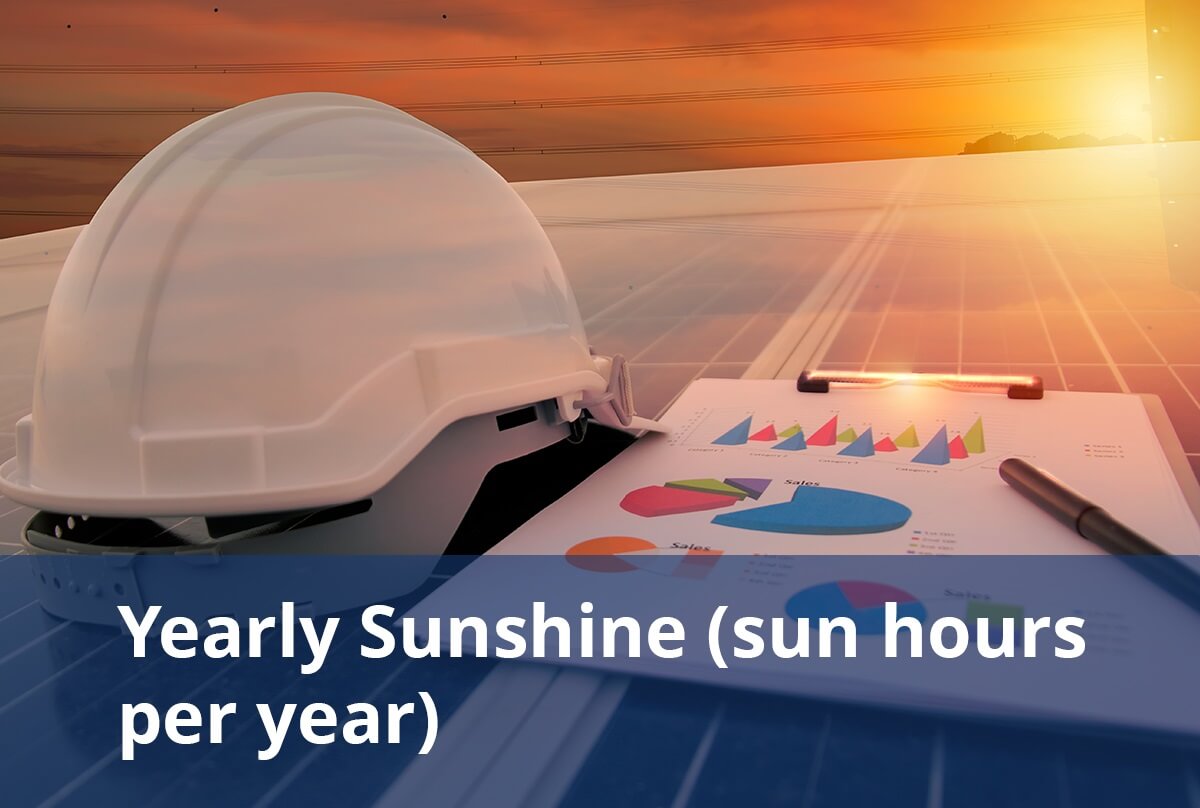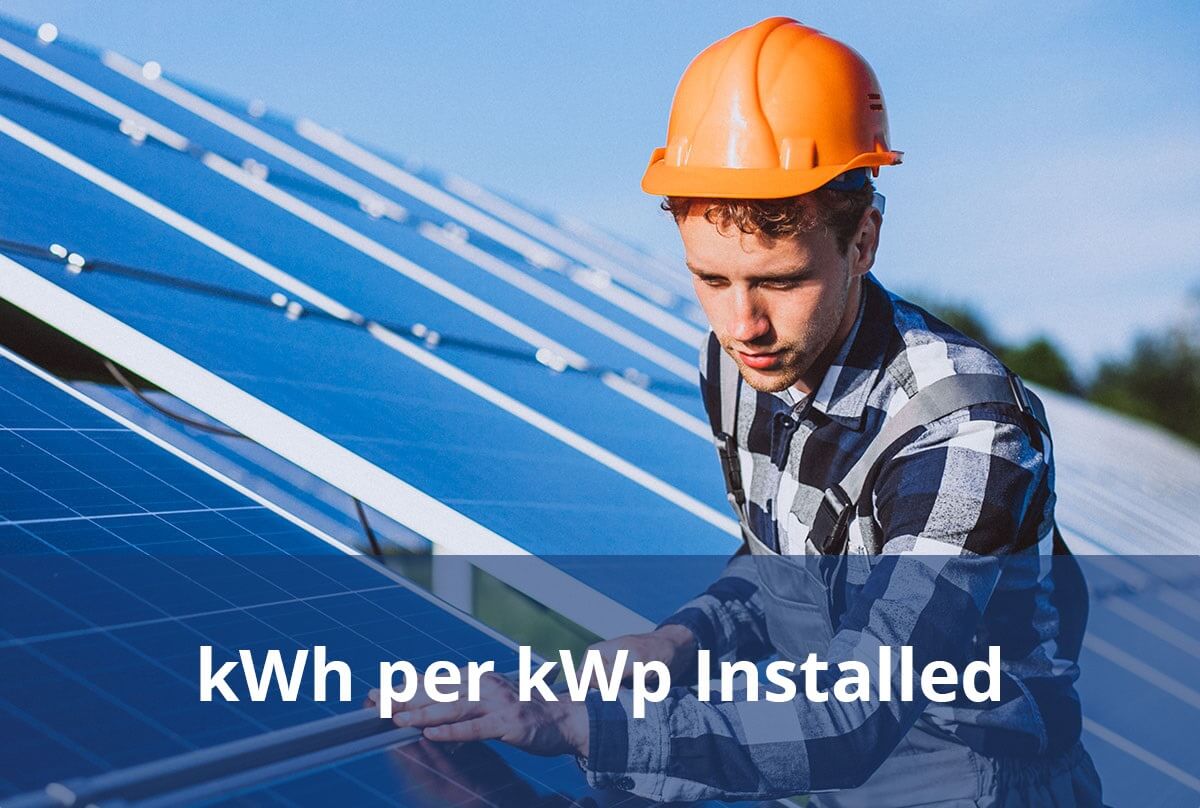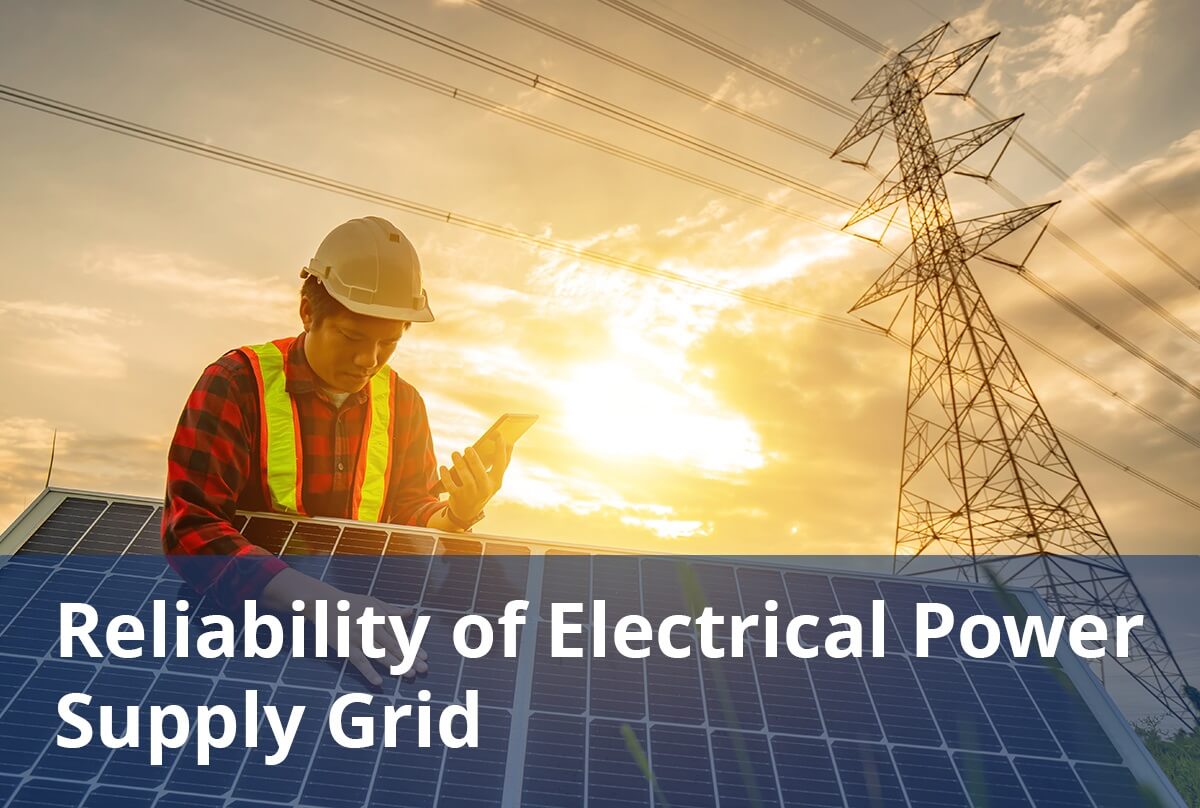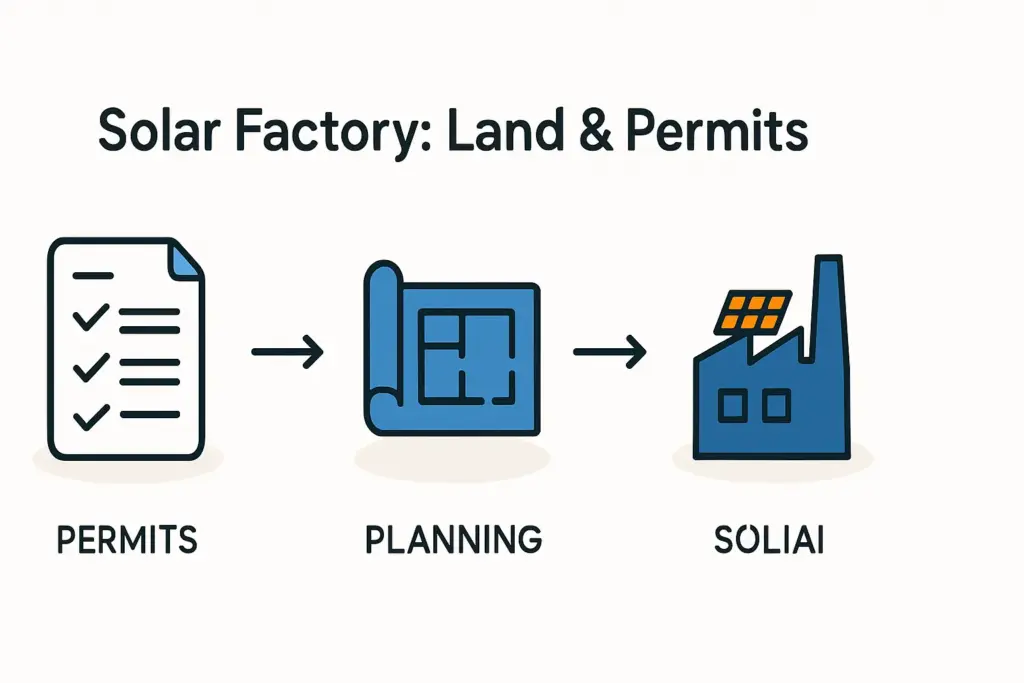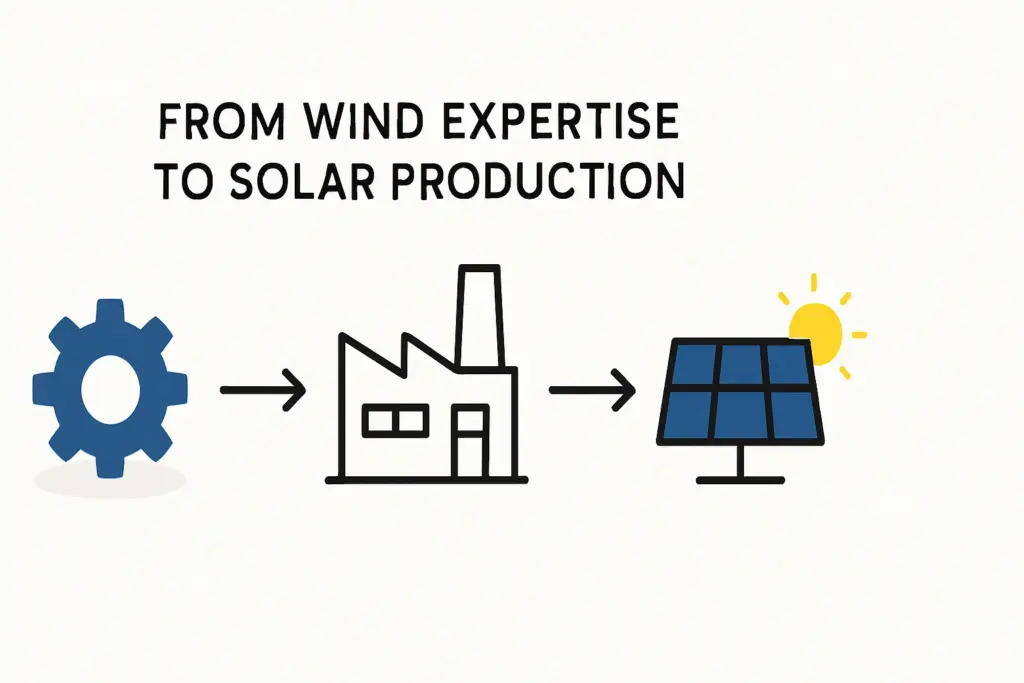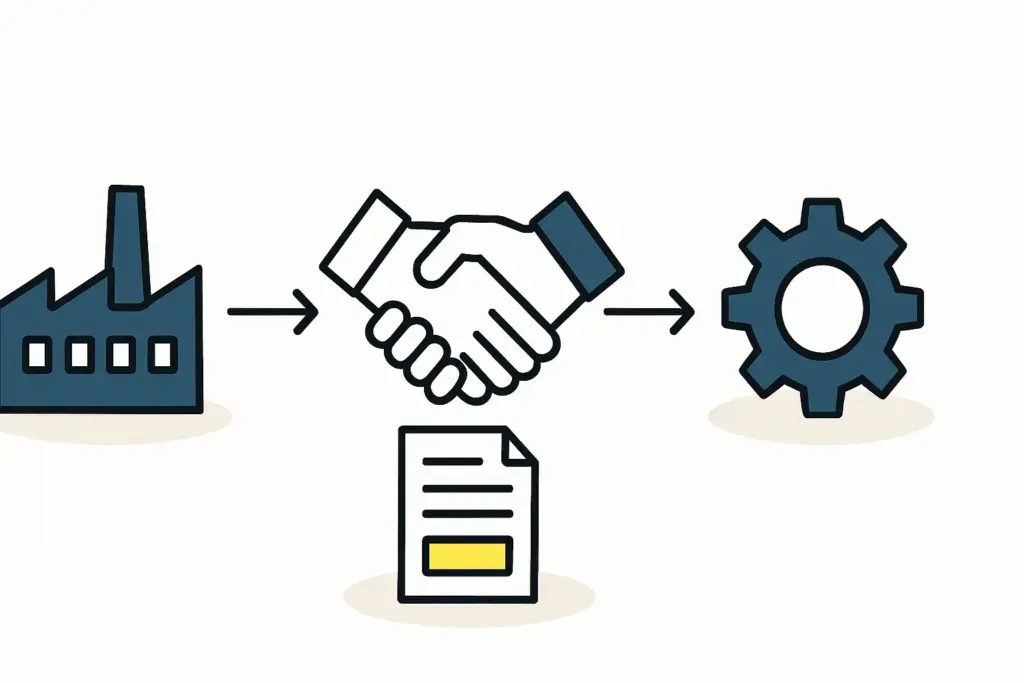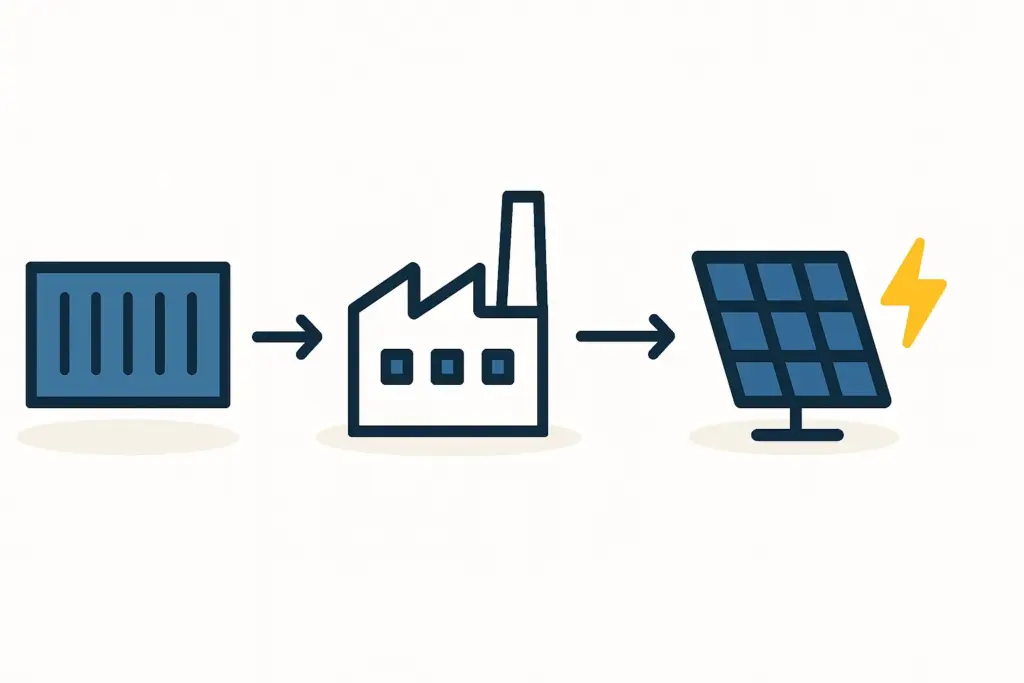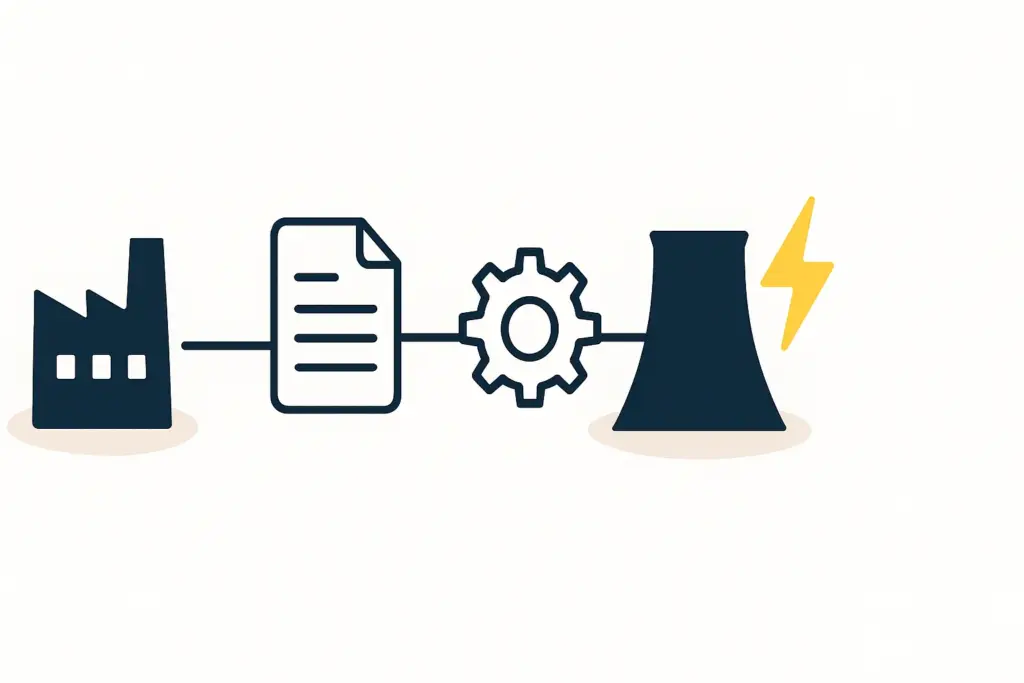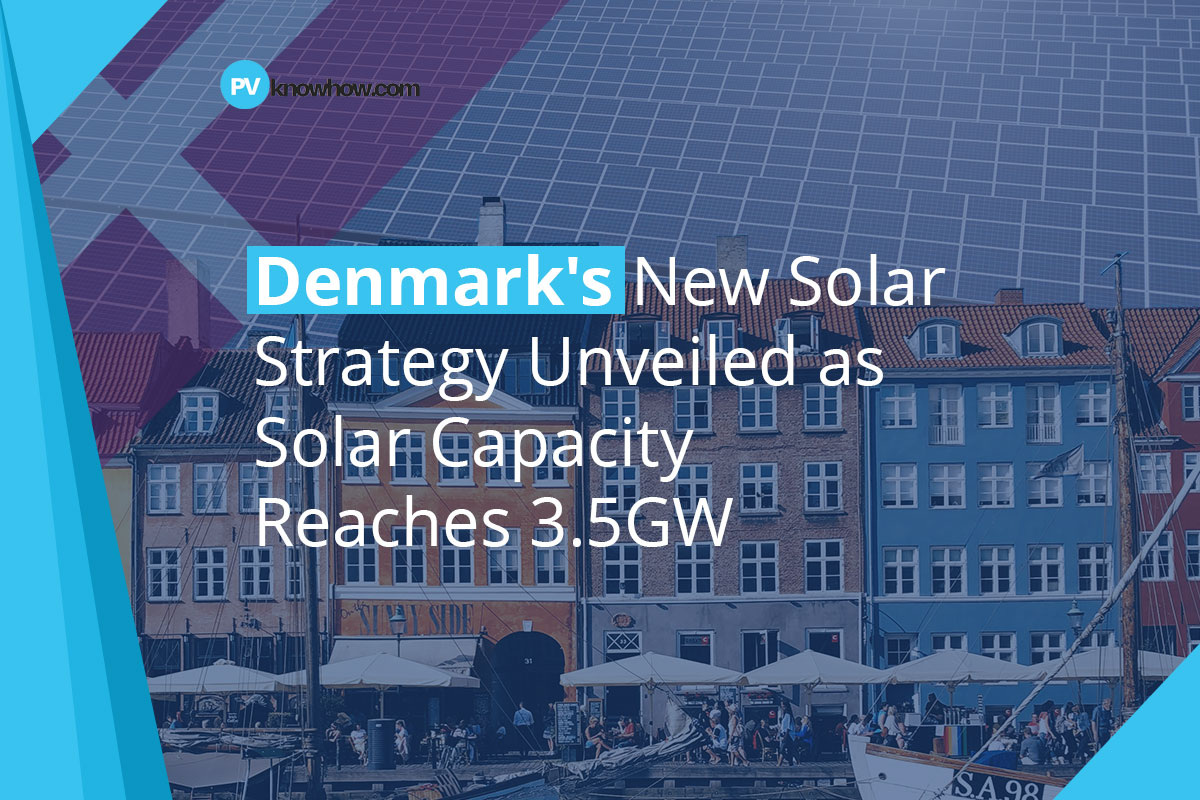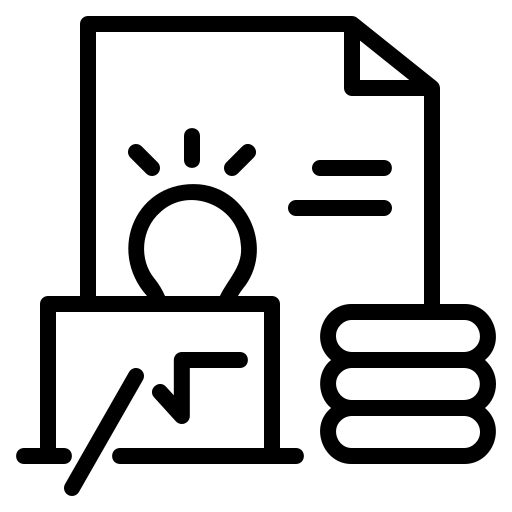Discover comprehensive insights into the statistics, market trends, and growth potential surrounding the solar panel manufacturing industry in Denmark
- Weather & Climate (n.d.). Average Monthly Sunshine hours in Copenhagen. Retrieved September 9, 2024, from https://weather-and-climate.com/average-monthly-hours-Sunshine,copenhagen,Denmark
- Climates to travel (n.d.). Weather and climate in Denmark. Retrieved September 9, 2024, from https://www.climatestotravel.com/climate/denmark
- International Renewable Energy Agency (2024, July 31). Energy profile Denmark. Retrieved September 9, 2024, from https://www.irena.org/-/media/Files/IRENA/Agency/Statistics/Statistical_Profiles/Europe/Denmark_Europe_RE_SP.pdf
- Global petrol prices (2024, June). Denmark electricity prices. Retrieved September 9, 2024, from https://www.globalpetrolprices.com/Denmark/electricity_prices/
- Invest in Denmark (2018, July 6). Danish security of electricity supply remains among the best in Europe. Retrieved September 9, 2024, from https://investindk.com/insights/danish-security-of-electricity-supply-remains-among-the-best
- International Renewable Energy Agency (2024). Renewable energy statistics 2024. Retrieved September 9, 2024, from https://www.irena.org/-/media/Files/IRENA/Agency/Publication/2024/Jul/IRENA_Renewable_Energy_Statistics_2024.pdf
- Wikipedia (2024, August 15). Solar power in Denmark. Retrieved September 9, 2024, from https://en.wikipedia.org/wiki/Solar_power_in_Denmark
- Wikipedia (2024, August 31). Wind power in Denmark. Retrieved September 9, 2024, from https://en.wikipedia.org/wiki/Wind_power_in_Denmark
- FORSYNINGSTILSYNET (2023, August). The Danish Electricity and Natural Gas Markets 2022. Retrieved September 9, 2024, from https://forsyningstilsynet.dk/Media/638282924096043761/The%20Danish%20Electricity%20and%20Natural%20Gas%20Markets%202022.pdf
- Solar Reviews (2024, August 1). Solar panel cost Denmark: Prices & data 2024. Retrieved September 9, 2024, from https://www.solarreviews.com/solar-panel-cost/new-york/denmark
- Wikipedia (2024, August 18). Energy in Denmark. Retrieved September 9, 2024, from https://en.wikipedia.org/wiki/Energy_in_Denmark
- Wikipedia (2024, June 26). Electricity sector in Denmark. Retrieved September 9, 2024, from https://en.wikipedia.org/wiki/Electricity_sector_in_Denmark
- State of green (2019, August 28). Denmark has the fewest power supply interruptions in Europe. Retrieved September 9, 2024, from https://stateofgreen.com/en/news/denmark-has-the-fewest-power-supply-interruptions-in-europe
- PV Magazine (2022, March 22). Unsubsidized utility scale solar changing shape of Danish PV market. Retrieved September 9, 2024, from https://www.pv-magazine.com/2022/03/02/unsubsidized-utility-scale-solar-changing-shape-of-danish-pv-market
- Open Inframap (n.d.). List of the 3 largest solar parks in Denmark. Retrieved September 9, 2024, from https://openinframap.org/stats/area/Denmark/plants
- State of green (2019, September 25). Google orders 161 MW solar capacity in Denmark. Retrieved September 9, 2024, from https://stateofgreen.com/en/news/google-orders-161-mw-solar-capacity-in-denmark
- Power Technology (2023, July 19). Top five solar PV plants in development in Denmark. Retrieved September 9, 2024, from https://www.power-technology.com/data-insights/top-5-solar-pv-plants-in-development-in-denmark
- DEIF (n.d.). Hybrid power system on Danish off-grid island. Retrieved September 9, 2024, from https://www.deif.com/land-power/cases/off-grid-island-gets-reliable-power-with-deif-pms/
- Blackridge research (2024, Q1). Denmark Solar Power Market Outlook to 2028. Retrieved September 9, 2024, from https://www.blackridgeresearch.com/reports/denmark-solar-power-market
- Statistics Denmark (n.d.). The average Dane. Retrieved September 9, 2024, from https://www.dst.dk/en/Statistik/laer-om-statistik/gennemsnitsdanskeren
- Salary Expert (2024). Solar Engineer. Retrieved September 9, 2024, from https://www.salaryexpert.com/salary/job/solar-engineer/denmark/copenhagen
- Salary Explorer (2024). Solar Energy Installation Manager Average Salary in Denmark 2024. Retrieved September 9, 2024, from https://www.salaryexplorer.com/average-salary-wage-comparison-denmark-solar-energy-installation-manager-c58j12677
- Salary Explorer (2024). Solar Energy Systems Engineer Average Salary in Denmark 2024. Retrieved September 9, 2024, from https://www.salaryexplorer.com/average-salary-wage-comparison-denmark-solar-energy-systems-engineer-c58j12678
- Salary Explorer (2024). Solar Photovoltaic Installer Average Salary in Denmark 2024. Retrieved September 9, 2024, from https://www.salaryexplorer.com/average-salary-wage-comparison-denmark-solar-energy-systems-engineer-c58j12678
- Worldometers (n.d.). Denmark population. Retrieved September 9, 2024, from https://www.worldometers.info/world-population/denmark-population/
- Statista (2022, December 14). Average annual rent per square meter for warehouses and industrial space in Denmark as of November 2022, by area. Retrieved September 9, 2024, from https://www.statista.com/statistics/1149326/average-annual-rent-per-square-meter-for-warehouses-in-denmark-by-area
- Danva (2022, September 8). Very Stable Level of Expenditure on Water and Wastewater. Retrieved September 9, 2024, from https://danva.dk/om-danva/the-danish-water-sector/very-stable-level-of-expenditure-on-water-and-wastewater
- Statista (2024, April 17). Monthly prime office rent in Copenhagen, Denmark from 1st half 2019 to 1st quarter 2023. Retrieved September 9, 2024, from https://www.statista.com/statistics/1181631/monthly-prime-office-rent-in-copenhagen/
- Statista (2024, March). Non-life insurances – Denmark. Retrieved September 9, 2024, from https://www.statista.com/outlook/fmo/insurances/non-life-insurances/denmark
- Solar Power Europe (2022). Top 10 EU countries solar capacity per capita. Retrieved September 9, 2024, from https://www.solarpowereurope.org/advocacy/solar-saves/fact-figures/top-10-eu-countries-solar-capacity
- Statista (2024, August 13). Production volume of renewable energy in Denmark from 2013 to 2023, by source. Retrieved September 9, 2024, from https://www.statista.com/statistics/1482048/renewable-energy-production-volume-by-source-denmark/
- Enerdata (2024, February). Denmark energy report. Retrieved September 9, 2024, from https://www.enerdata.net/estore/country-profiles/denmark.html
- Energinet (2023, June 2). Energinet establishes 3,300 km of electricity connections – and much more is on the way. Retrieved September 9, 2024, from https://en.energinet.dk/about-our-news/news/2023/06/13/energinet-establishes-3-300-km-of-electricity-connections-and-much-more-is-on-the-way/
- Gorrissenfederspiel (2024, July 2). Danish government issues new strategy on solar power. Retrieved September 9, 2024, from https://gorrissenfederspiel.com/en/danish-government-issues-new-strategy-on-solar-power/
- Energinet (n.d.). Rules, conditions, and methods. Retrieved September 9, 2024, from https://en.energinet.dk/rules-regulations-conditions-and-methods/electricity-rules-conditions-and-methods/
- Danish Energy Agency (n.d.). Promoting solar energy. Retrieved September 9, 2024, from https://ens.dk/en/our-responsibilities/solar-energy/promoting-solar-energy
- Danish Energy Agency (2023, July 3). The expansion of solar cells in Denmark per 2nd quarter 2023. Retrieved September 9, 2024, from https://ens.dk/sites/ens.dk/files/Sol/solcelleopgoerelse_q2_2023_0.pdf
- Plesner (2023, October 12). New initiative from the Danish Government will ensure a quadrupling of solar and wind power on land. Retrieved September 9, 2024, from https://plesner.com/en/insights/articles/2023/10/new-initiative-from-the-danish-government-will-ensure-a-quadrupling-of-solar-and-wind-power-on-land
- European Energy (2024, July 1). The Danish State Railways and European Energy sign agreement for new solar park construction. Retrieved September 9, 2024, from https://europeanenergy.com/2024/07/01/the-danish-state-railways-and-european-energy-sign-agreement-for-new-solar-park-construction/
- Renewables.Digital (2023, June 3). List of the 3 largest solar parks in Denmark. Retrieved September 9, 2024, from https://renewables.digital/list-of-the-3-largest-solar-parks-in-denmark-2023
- Aeroleads (n.d.). Top Solar companies In Denmark. Retrieved September 9, 2024, from https://aeroleads.com/list/top-solar-companies-in-denmark
- Greenesa (2021, April 7). Top 15 Renewable Energy Companies in Denmark. Retrieved September 9, 2024, from https://www.greenesa.com/news/renewable-energy-companies-in-denmark

